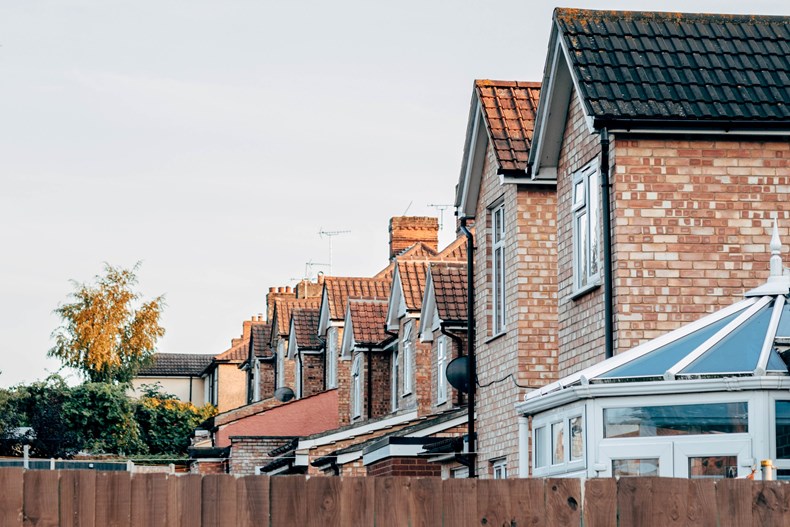Heat networks powered by waste heat: a big opportunity and an exciting challenge
11 Nov 2021
Globally, heat accounts for about 40% of energy-related CO2 emissions and this is one of the key challenges that world leaders will have to urgently tackle during COP26.
As SSE lead for low carbon heat network infrastructure, I’m really excited by the idea that Stoke-on-Trent could soon be heated by low carbon heat drawn from nearly 4kms beneath the earth’s surface - not a sentence I get to write every day.
As part of a partnership agreement between SSE Energy Solutions and GT Energy, proposals are currently being developed that could see a heat network powered by geothermal energy providing local customers with hot water and space heating. This ground-breaking scheme has the potential to play a really significant role in decarbonising heat supplies all across the Staffordshire city.
This announcement comes just weeks after SSE Energy Solutions unveiled an innovative new project with National Grid that could help decarbonise heat networks by capturing waste heat from electricity transformers to provide heating for nearby homes and businesses.
It is estimated that the project could initially reduce heat network carbon emissions by more than 40% versus traditional gas-led systems. Critically, it has the potential to provide net-zero heat when applied to transformers served by 100% renewable electricity from wind or solar farms.
What both these projects have in common is that they are important milestones for SSE in the transition from natural gas to low and zero carbon heating for our cities and places. Crucially, they both have the potential to address the fundamental challenge for heat in the UK: how do we provide zero carbon heat that’s affordable and reliable?
The Government’s recently published Heat and Buildings Strategy confirmed that heat networks should deliver at least 18% of low carbon heat by 2050 and the technology’s deployment - at scale - will be crucial to deliver net zero.
Heat Networks are unique in their ability to distribute heat captured from a variety of sources - including data centres, water courses and Energy from Waste plants, in addition to the geothermal wells and electricity transformers mentioned above.
The potential is really exciting. BEIS’ recent Opportunity Areas for District Heating Networks in the UK report has identified some 310 TWh/year of heat generated by various different installations located around the UK. This compares against current total annual heat demand from buildings in the UK in the order of 486 TWh/year. Of course, there will be challenges but it gives us reason to be optimistic and creative and highlights the need for a regulatory framework that enables us to capture and distribute as much waste heat as is technically and economically possible.
The solution for low carbon heating lies in deployment of a range of energy sources and technologies.
There is no ready-made, one-size-fits-all, low carbon energy source waiting in the wings to pick up the mantle from natural gas. But it is clear that heat networks will play a vital role in the technology mix that will emerge over the coming decade as we continue to decarbonise our planet.
We know that the transition to zero carbon heating is going to be a complex one - especially for energy customers who may be required to make changes to the heating equipment in their homes and businesses to enable lower-carbon alternatives.
In time though, as heat networks grow across towns and cities, we expect more and more low carbon waste heat sources to be connected, further improving supply security and keeping costs as low as possible for customers.
At the same time, heat network deployment is localising heat supply and reducing reliance on energy sourced from further afield. And, of course, we will need local supply chains to plan, design, deliver and run these new energy networks providing job and skills development opportunities.
We know this won’t be an overnight solution. And there are undoubtedly challenges ahead, not least in changing our perceptions about the value of heat currently being wasted. But also in making sure we have a framework in which owners of waste heat can engage in the process and play their part in decarbonising our heat supplies.
The good news is that we are already seeing more and more examples across the country of innovative projects looking to harness waste heat from all manner of sources and put it to use as we look to solve the challenge of providing reliable, zero carbon heat at an affordable price.
Both UK and Scottish governments have recently released details of their plans to create heat network zones in which the conditions can be created for efficient heat network deployment. As part of these zones, we think it's essential that we consider how we maximise the value of local heat sources as well as how we bring the owners of those sources into the strategic planning process.
Essentially, if you are the producer or owner of waste heat in an area of high heat demand, please get engaged – you may have the keys to a low carbon future for your area!



